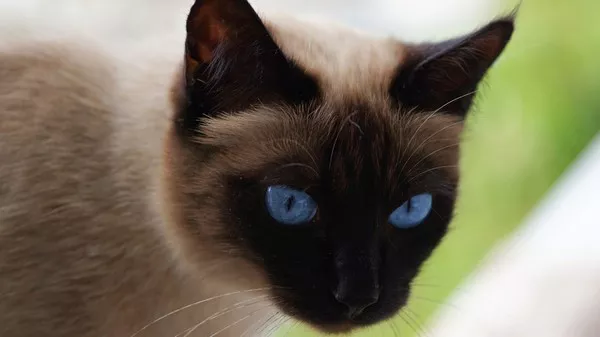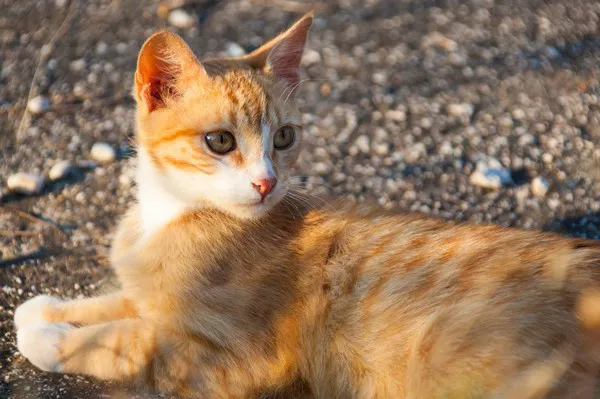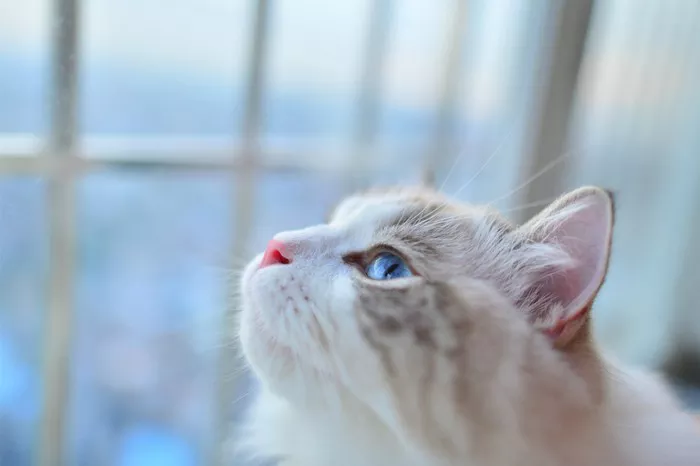Cats and seafood have a long-standing connection that extends beyond their love for playful fish-shaped toys. While felines are known for their selective palates, seafood, particularly tuna, salmon, and sardines, often pique their interest. As a responsible pet owner, it’s crucial to strike a balance between satisfying your cat‘s curiosity and ensuring their nutritional needs are met. In this article, we delve into the nuances of feline nutrition, exploring the safety, benefits, and potential pitfalls associated with feeding cats tuna, salmon, and sardines.
Understanding Feline Nutrition
Before delving into the specifics of seafood, it’s essential to grasp the foundations of feline nutrition. Cats are obligate carnivores, meaning their diet primarily consists of meat. Unlike omnivores, cats require specific nutrients found in animal tissues to thrive. Key components of a cat’s diet include high-quality proteins, essential amino acids, fats, vitamins, and minerals.
Tuna for Cats:
Tuna is a popular seafood choice among humans, and many cat owners find themselves wondering if their feline friends can indulge in this fishy delight. While tuna is safe for cats in moderation, it comes with a set of caveats. Tuna intended for human consumption often contains high levels of mercury, which can be harmful to cats if consumed regularly.
Mercury toxicity can lead to severe health issues, including neurological problems and impaired kidney function. To mitigate these risks, it’s advisable to offer tuna as an occasional treat rather than a regular meal. Additionally, choose tuna labeled specifically for cats, as it is formulated to meet their nutritional needs and may contain lower levels of mercury.
Salmon:
Salmon is a nutrient-rich fish that provides an abundance of omega-3 fatty acids, which contribute to a cat’s overall health. Omega-3 fatty acids support cognitive function, maintain a healthy coat and skin, and have anti-inflammatory properties. Introducing salmon into your cat’s diet can be beneficial, but it’s crucial to do so cautiously.
Raw salmon poses a potential risk of transmitting parasites, such as Neorickettsia helminthoeca, which causes salmon poisoning disease in cats. Cooking the salmon eliminates this risk, making it a safer option. Additionally, bones in raw or undercooked salmon can pose a choking hazard or cause gastrointestinal issues. Therefore, always ensure that any salmon offered to your cat is boneless and thoroughly cooked.
Sardines:
Sardines, being smaller fish, are often considered a safer option for cats compared to larger fish like tuna. These tiny fish are packed with nutrients, including omega-3 fatty acids, vitamin D, and calcium. However, as with any new addition to your cat’s diet, moderation is key.
When offering sardines to your cat, choose those packed in water rather than oil or sauces. The added ingredients in oil or sauces may not be suitable for feline consumption. Moreover, opt for sardines that are boneless to prevent any potential choking hazards. Like salmon, sardines can be introduced as an occasional treat to provide a nutritional boost to your cat’s diet.
Homemade Cat Food with Seafood:
Some pet owners prefer preparing homemade cat food to ensure their feline companions receive a well-balanced and wholesome diet. When incorporating seafood into homemade cat food, it’s essential to strike a delicate balance to meet their nutritional requirements.
Consulting with a veterinarian or a feline nutrition expert is crucial to formulate a well-balanced homemade cat food recipe. This ensures that the homemade diet provides the necessary nutrients, including taurine—an essential amino acid for cats that is abundant in animal tissues. Failure to meet cats’ nutritional needs can lead to severe health issues, emphasizing the importance of professional guidance.
Potential Risks and Allergies:
While seafood can offer various health benefits to cats, it’s vital to be aware of potential risks and allergic reactions. Some cats may be sensitive or allergic to certain proteins found in seafood, leading to adverse reactions such as vomiting, diarrhea, or skin issues.
Monitor your cat closely when introducing seafood into their diet, especially if it’s a new addition. If you observe any unusual behavior or symptoms, consult with a veterinarian promptly. It’s also essential to avoid feeding cats seasoned or flavored seafood, as additives like garlic and onions can be toxic to felines.
See Also: 12 Human Foods That Are Poisonous to Cats
Conclusion
In navigating the intersection of cats and seafood, responsible pet ownership entails a careful balance between providing enticing treats and meeting the nutritional needs of our feline friends. Tuna, salmon, and sardines can be valuable additions to a cat’s diet when offered in moderation and with attention to potential risks.
Understanding the specific nutritional requirements of cats, consulting with veterinarians, and being vigilant about potential allergies or adverse reactions are crucial steps in ensuring the well-being of our beloved feline companions. By approaching the topic of cats and seafood with knowledge and mindfulness, pet owners can enhance the dining experience for their cats while fostering a healthy and happy life for their four-legged friends.


























